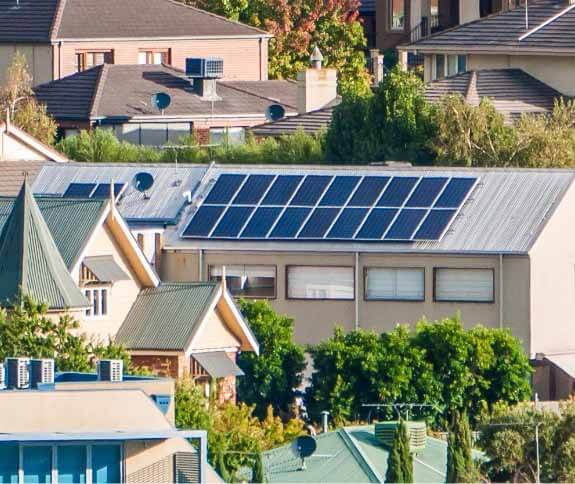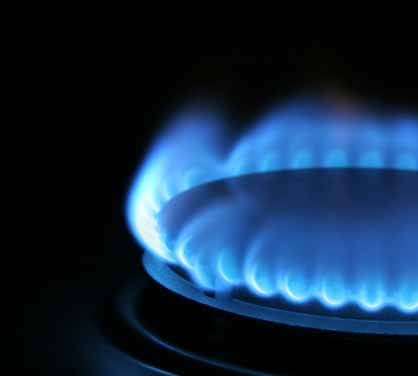Important Notification:The information you are seeking regarding Why Invest in Solar Power For Your Property?has now been updated on our new Solar Market Website HERE. Please refrain from using the information on this page as an accurate source of information for Why Invest in Solar Power For Your Property and proceed to the updated page.
There are now over 1.3 million roofs in Australia with Solar Photovoltaic (PV) panels installed, with the vast majority having been installed in the last 3 years. This has been due mainly to the introduction of the Federal Government’s Solar Credits Scheme which provides a subsidy for the installation of a system. On top of this, Feed-in tariffs in each state pay you for the excess power your system produces.
Solar Credits Scheme (Federally funded)
- You receive a certain number of Small Technology Certificates (STC’s) depending on the size of the system you install and which region of Australia you live in.
- Ranges in value from $1,200 for a 1.5kW system up to $10,000 for a 30 kW system.
- STCs were formally known as Renewable Energy Certificates (RECs)
- The installer will claim these on your behalf and offer the value as a discount on the price of installation.
- All you need to worry when comparing system prices and working out financial returns is the out of pocket cost of the system – This is almost always the price advertised and quoted. You can work out your returns using our Solar Calculator here.
Feed-in Tariff (Funded by State Governments and Electricity Suppliers)
- The payment for each Kilowatt Hour (kWh) or ‘unit’ of energy your systems produces which isn’t used in your home and is therefore sold back to the grid.
- Varies by state – More info here – State Feed-in tariffs
- State’s impose a limit on the maximum size of system you can install to qualify, go over this size and you won’t be paid for anything you export. Generally 5kW (around 20 panels).
- The system size limit is on inverter capacity so you can actually install a lot more panel capacity compared to your inverter. Eg 7kW worth of panels on a 5kW inverter.
- You’ll receive a new bi-directional meter which records what you’re exporting as well as what you’re importing. You’ll be charged for this separately so be sure to ask your installer how much this is and whether or not they organise it.
Make sure that you understand these points as it will help you choose which size system to install and how best to get the maximum benefit. You’ll need to know whether or not it’s worth investing in the biggest system possible with a view to making an income from the system or a more modest system that simply reduces your bills.
The size of system you install depends on:
- How much energy you use, and
- When you use the bulk of your electricity and the Feed-in Tariff you’ll receive in you state.
Solar Payback Calculator You can work out your returns using our free calculator here
When should you use your power to make sure you get the greatest benefit from the system?
As the Feed-in tariffs in each state have been reduced over the last year to the point where they are much lower than the rate you actually pay for power (8.7c in WA versus 30c from the grid for example) you’re better off using the power your system produces yourself and offsetting the power you would have drawn from the grid.
- Shift usage of power in to the middle of the day where possible. You can do this by putting your washing machine, dishwasher or dryer on delay so that they operate in the middle of the day.
- Orientate your system to the west. This has the effect of shifting the systems production towards later in the day when you generally get home from work or when air conditioners are switched on meaning that you effectively get paid the same amount for your solar power that you as you pay for electricity from the grid, which is a much better rate than most Feed in Tariffs.











